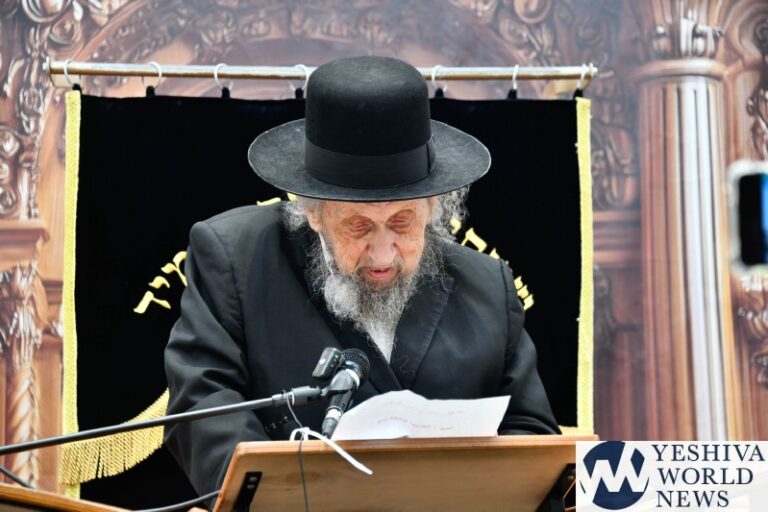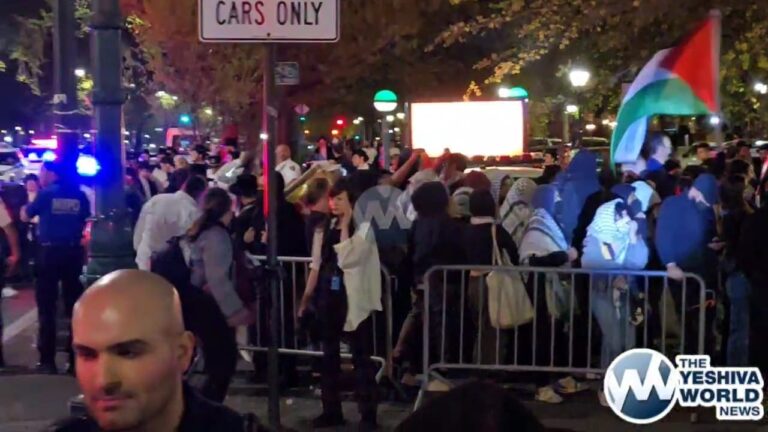On September 17, Israel’s intelligence agency Mossad executed one of the most audacious counterintelligence operations in modern history, crippling Hezbollah through a covert operation dubbed the “pager plot.” The strategy involved transforming ordinary pagers into lethal weapons, reminiscent of a contemporary Trojan horse, resulting in severe damage to Hezbollah’s ranks and shifting the balance of power across the Middle East.
The deception was years in the making. A decade ago, Mossad began by modifying walkie-talkies into bombs hidden within their batteries. By the time of the operation’s culmination, more than 16,000 of these devices had been purchased by Hezbollah. However, it was the second phase—transforming pagers into explosive devices—that delivered the decisive blow.
According to Mossad operatives involved in the mission, the agency capitalized on Hezbollah’s reliance on pagers, a communication tool nearly obsolete elsewhere. Through shell companies and an elaborate web of deception, Mossad successfully infiltrated the supply chain of Taiwanese pager manufacturer Gold Apollo. Hezbollah unknowingly bought 5,000 rigged pagers, unaware that Mossad controlled the very devices they carried daily.
The moment of detonation came at 3:30 p.m. on September 17, when pagers across Lebanon began to beep, instructing their owners to press two buttons to retrieve an encrypted message. In reality, pressing the buttons—or simply ignoring the pager—triggered an explosion.
The resulting chaos saw Hezbollah fighters injured or killed in public spaces, hospitals overwhelmed, and panic spreading throughout Lebanon. Mossad activated long-dormant walkie-talkie bombs the following day, targeting funeral gatherings of those killed in the initial attack.
The operation’s consequences extended far beyond Hezbollah. The resulting instability accelerated the collapse of the Assad regime in Syria and significantly weakened Iran’s influence in the region. Hezbollah’s leadership, including Hassan Nasrallah, was visibly shaken. Reports suggest Nasrallah witnessed explosions firsthand when members of his inner circle fell victim to the devices during a bunker meeting.
The Israeli Air Force intensified strikes in the days following the initial pager detonation, culminating in the assassination of Nasrallah on September 27. By November, with Hezbollah’s command structure fractured and morale at an all-time low, Israel and Hezbollah agreed to a ceasefire, effectively ending the conflict.
Mossad agents described the operation as not merely physical but psychological warfare. “People were afraid to turn on air conditioners, fearing they might explode,” one agent recounted. “The goal was to instill vulnerability—and it worked.”
The success of the pager plot demonstrated Mossad’s ability to manipulate Hezbollah’s trust in routine technology. Though the pagers are no longer in use, Mossad hinted at future operations of similar sophistication.
(YWN World Headquarters – NYC)











